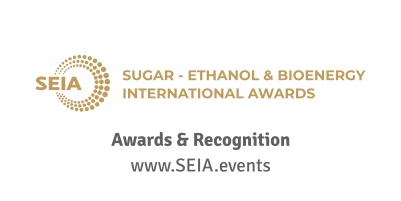A new report released by SkyNRG on June 5, developed in collaboration with ICF, highlights a significant surge in demand for Sustainable Aviation Fuel (SAF) and emphasizes the urgent need to develop and expand technologies and raw materials beyond current dominant methods, reports Ethanol Producer Magazine.
The fifth annual “Sustainable Aviation Fuel Market Outlook” predicts that global SAF demand is set to reach 2 million metric tons this year, driven in part by new SAF regulations coming into effect in the European Union and the United Kingdom. Looking further ahead, the report projects a substantial increase in SAF demand, potentially reaching over 15 million metric tons by 2030 and a remarkable 40 million metric tons (equivalent to 13.2 billion gallons) by 2035.
Currently, a large majority of planned SAF production relies heavily on a technology known as hydroprocessed esters and fatty acids (HEFA). The report indicates that approximately 82% of all announced SAF capacity globally up to 2030 is expected to use HEFA. However, the report cautions that this heavy reliance on HEFA could hinder the long-term growth of the SAF industry due to the limited availability of suitable raw materials for this particular process.
In the United States, the demand for SAF is expected to be shaped by a combination of federal government policies, state-level fuel standards, financial incentives, and voluntary purchases by airlines. The report estimates that U.S. SAF demand could range between 1.7 billion gallons and 3 billion gallons by 2030, depending on how these various policies evolve.
Regarding production, the U.S. is currently expected to achieve a SAF production capacity of 1.9 billion gallons per year by 2030. Within this projected capacity, 61% of announced projects are anticipated to utilize HEFA technology, while 24% are expected to employ ethanol-to-jet technology.
The report also provides a global outlook on SAF production capacity. By 2030, SAF capacity in the European Union and the United Kingdom is expected to reach 1.3 billion gallons, Asia is projected to reach 1.9 billion gallons, and the rest of the world is forecast to contribute 1 billion gallons.
A complete copy of the “Sustainable Aviation Fuel Market Outlook” is available for review on the SkyNRG website.














